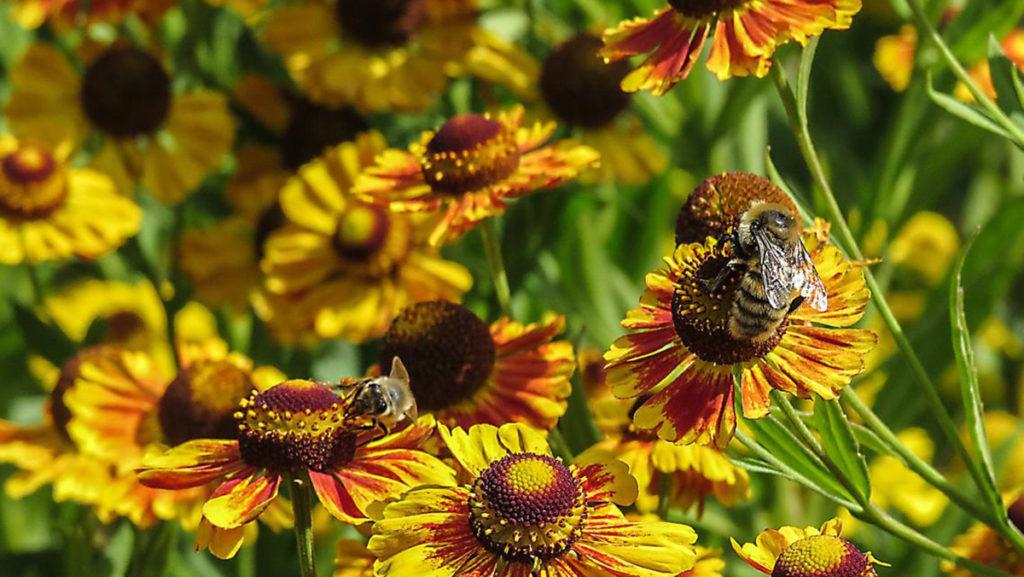Many plants have finished flowering by late summer, but bees, butterflies, moths, wasps, and hoverflies are still on the wing, foraging for food. Just then the late-flowering plants kick in. Having evolved to bloom late in order to supply pollinators with a constant supply of food right up to last call in autumn, the super-food nectar they produce help insects build up energy needed for winter hibernation. Some late-bloomers also have seed heads that provide birds with a source of winter food, too. Here are a few late-blooming flowering plants that you can plant right now that’ll have pollinators all aflutter come autumn.
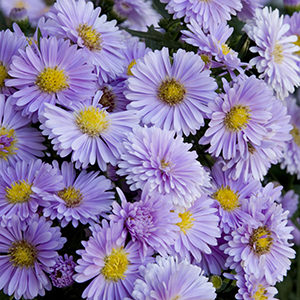
Farmington™ Michaelmas Daisy
Flat-shaped flowers from August to October make it easy for bees to collect nectar and pollen, and let butterflies soak up the sun. Zone: 3 – 9
Attracts: butterflies, moths, bumblebees, and honeybees
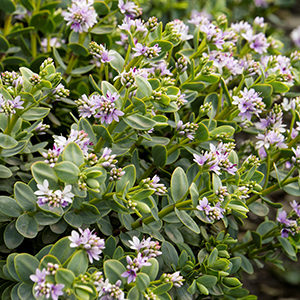
Gibby Hebe
Many Hebe cultivars flower from late summer to autumn. Hardy and easy to grow, this one’s blue-grey leaves make a nice contrast to summery pale lilac flowers. Zone: 7 – 11
Attracts: bumblebees, honeybees, butterflies, moths
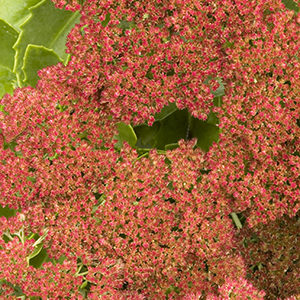
Autumn Joy Stonecrop
Large, landing-pad-like, rose-pink flower heads that bees love from late summer through fall. Starts green. aging to pink, and finally rosy russet-red. Zone: 4 – 11
Attracts: honeybees, butterflies, and moths
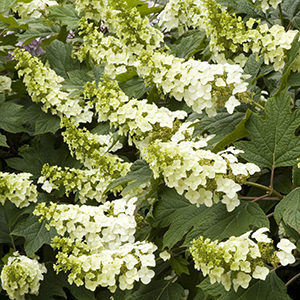
Snow Queen Oakleaf Hydrangea
Large, long clusters of white flowers that become rose-pink in fall attract pollinators in droves with both food and places to nest. Zone: 5 – 9
Attracts: honeybees, bumblebees, and hoverflies
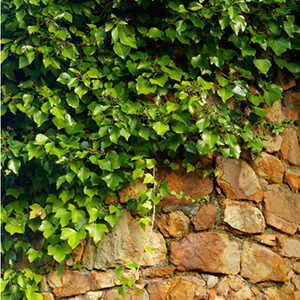
English Ivy
Maybe you don’t notice the tiny greenish-yellow autumn flowers, but pollinators spot them from a mile away. Many other insects hibernate in the foliage. Zone: 5 – 11
Attracts: honeybees, wasps, butterflies, and hoverflies
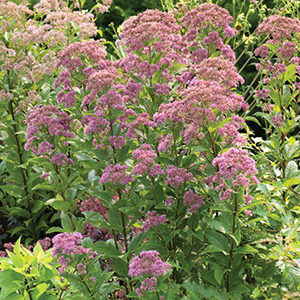
Baby Joe Dwarf Pye Weed
Compact version of native, prairie plant produces large flower clusters in late summer. Seed heads provide winter food for birds. Zones: 4 – 9
Attracts: Butterflies, honeybees, and bumblebees
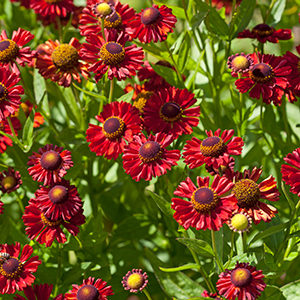
Ruby Charm Helen’s Flower
Pollinators throng to the abundant, daisy-like flowers and seed-filled heads of this late bloomer (known as sneezeweed). Zone: 4 – 8
Attracts: native bees, honeybees, wasps, hoverflies
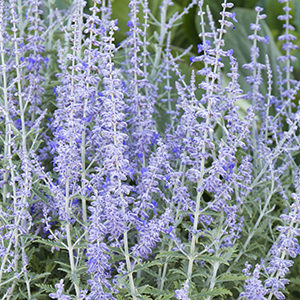
Lacey Blue Russian Sage
Hardy, heat and drought tolerant, and super nectar-rich, this new selection has an improved, sturdy, compact form. Zone: 4 – 10
Attracts: honeybees, leaf-cutter bees, butterflies, and hoverflies
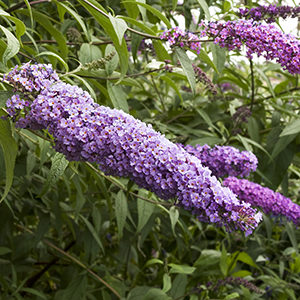
Petite Plum® Dwarf Butterfly Bush
This late-bloomer feeds pollinators when others have wrapped it up. Compact variety, perfect for pots. Zone: 5 – 9
Attracts: bees, moths, butterflies, and hoverflies
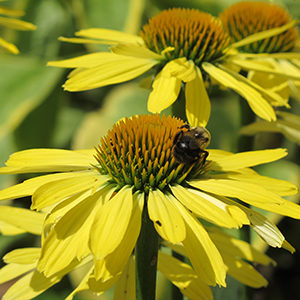
Butterfly™ Cleopatra Coneflower
Pollinators love the color yellow and swarm like moths to a flame. Adaptable to heat, humidity, drought and cold when established. Zone: 5 – 8
Attracts: bees, butterflies, moths, and hoverflies
